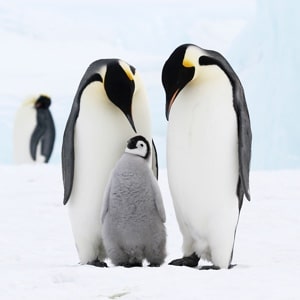
A recent study by researchers from Uppsala University in Sweden have found that fish larvae born in waters laden with microplastic were “smaller, slower and more stupid” then those larvae that were born in clean waters. What Greenpeace is most worried about is the study also suggests that the birth rate was as much as 15% lower. The study results also found that even when young fish had access to zooplankton which is incredibly nutritious, they preferred to eat the plastic instead.
“This is the first time an animal has been found to preferentially feed on plastic particles and is cause for concern”, said Prof Peter Eklöv, co-author of the study.
Huge Problem
Greenpeace has warned several times that microplastics in the ocean are a huge problem. Last year a paper was published which estimated that every year approximately 12.7 million tonnes of plastic waste is dumped in the ocean every year. Much of this waste comes from large items such as drink bottles and food containers. Over time, these items slowly break down in the ocean and turn into microplastics that can be consumed as food by plankton, fish and even whales. Some plastics are already very small when they enter the sea and given the fact that most marine life is found in coastal areas, these tiny plastic items are a major cause for concern.
Microplastics in a variety of products
Microbeads which are one form of microplastic can be found in personal care products such as shaving foam, face wash, toothpaste and deodorant. The authors of the latest study were very clear that products containing such microbeads should be banned. Greenpeace is campaigning to get products containing microbeads off store shelves and out of the ocean. June 8th was World Oceans Day which is when all over the world ocean lovers come together to celebrate everything fish. This year Greenpeace marked the occasion by handing in an anti-microbeads petition to Number 10.





